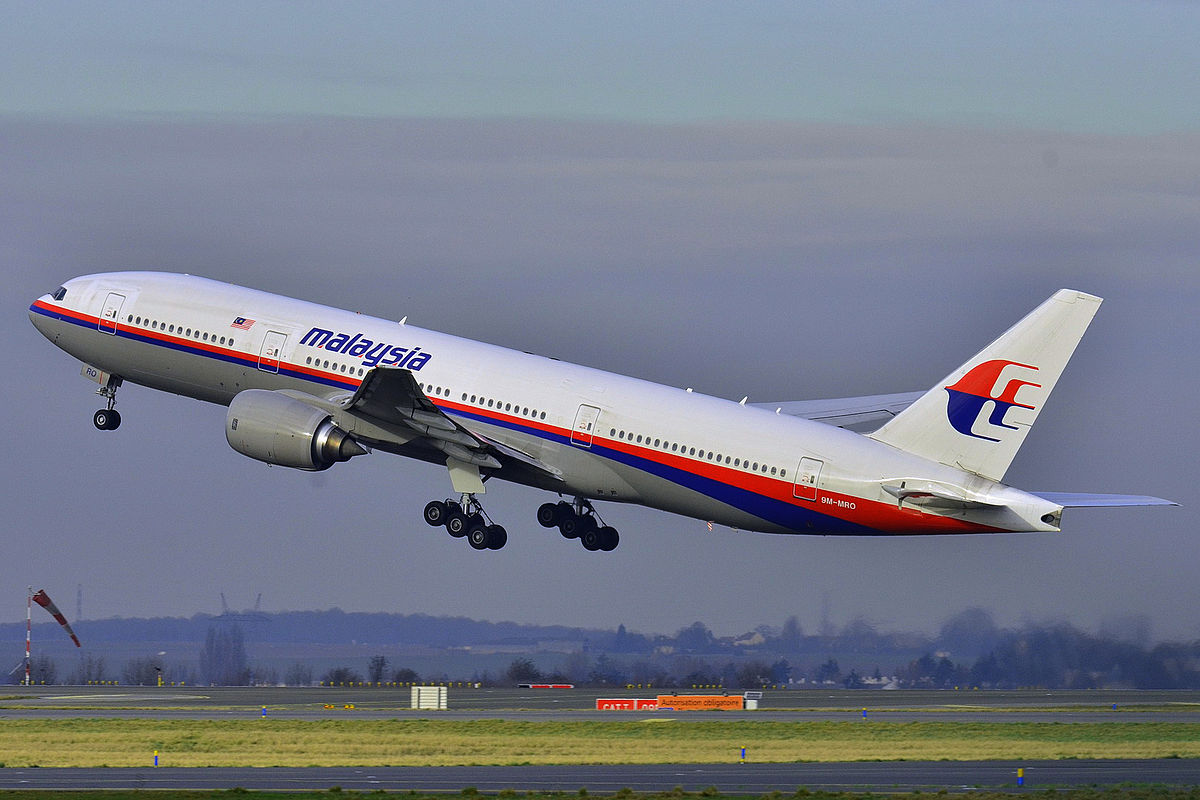khansaheeb
ELITE MEMBER

- Joined
- Dec 14, 2008
- Messages
- 17,009
- Reaction score
- -8
- Country
- Location

Malaysian Prime Minister Mahathir Claims American Fighters Are Only Useful for Airshows - Why F-18s Can’t Fight Without Washington’s Permission
In an interview with Qatari news outlet Al Jazeera, former Malaysian Prime Minister Mahathir Mohamad provided insight into his country’s experience operating American
Mahathir further elaborated: “The way they treated Malaysia as a buyer of the F-18, we find that the planes are only good for airshows. But we cannot program it for, say, attacks against other countries or for any other use. That is the experience of Malaysia. But I suspect that other countries also did not get the source codes… the planes are not really a weapon that you can control. The control is with the Americans.” He noted that European states may be provided with source codes, but indicated that few non-Western states would, and that even munitions for the F-18s could not be purchased to update the aircraft without approval from the U.S. government. The interviewer thus concluded that clients for F-16 of F-18 fighters “can only use them against targets designated by the United States, not targets that they themselves would like to hit.”

Su-57 and MiG-35 Next Generation Fighters
Mahathir’s statement has considerable implications given that Malaysia is currently considering purchasing a new generation of fighter jets to replace its F-18, MiG-29 and possibly even the Su-30. Kuala Lumpur has previously indicated an interest in the Russian MiG-35 and Su-57 next generation medium and heavyweight fighters, and Russia has offered to purchase its MiG-29s second hand to help offset the cost of a MiG-35 purchase. The Su-57 is likely to replace the Su-30MKM in future, although given the older platform’s still viable capabilities there is less of an urgent need to make such a purchase. While other countries operating the F-18 have sought to replace them either with the F-18E Super Hornet or the F-35A Lightning II platforms, the former Prime Minister’s account of Malaysia’s experience with the Hornet indicates that future purchases of American fighters are unlikely. The F-18 could instead be replaced by more MiG-35 fighters, which are from the same weight range but have a lower operational cost and superior combat performance across the spectrum. Unlike U.S. aircraft, Russian fighters do not have similar restrictions on their use meaning countries can deploy them far more freely without political dependance on Moscow.
Prime Minister Mahathir (right) and Malaysian Air Force F-18D HornetIwan Shafiee (left)
Advertisement

F-18F-18DMahathir MohamadMalaysian MilitaryMalaysian Military ModernisationMiG-29MiG-35Royal Malaysian Air ForceRussian Arms ExportsSu-30MKMSu-57US Arms Exports
RECOMMENDED
Malaysia Considering Acquisitions of Advanced Russian Su-57, Su-35 and MiG-35 Fighters - Prime Minister Mahathir
How Kuwait Could Ruin China and Pakistan’s Chances For a Malaysian JF-17 Fighter Deal
F-35 vs. Su-57; Which is the Better Fighter for Turkey? (Infographic Comparison)
Malaysia Considers JF-17 Light Fighters to Replace its MiG-29
Why Syria Didn't Get the MiG-29 Fighters it Originally Ordered: MiG-29M Sale Cancelled For Older Models
Top Five Potential Clients for Russia’s New Su-30SM2 ‘Super Sukhoi’ Upgrade Package: From Vietnam to Algeria
FORCE COMPARISONNEWSLETTER
NEWSLETTER
EDITOR'S CHOICE
North Korean Rocket Artillery Coming to Battlefields in Ukraine? It Would Hardly Be Unprecedented
Most Dangerous Battle Tanks in Pakistani Service: From Al Khalid I to the T-80
Mattis: ‘You’re Going to Incinerate a Couple Million People’ - America’s Insane Plan to Drop 80 Nuclear Bombs on North Korea
When Venezuela Planned to Order Top of the Line Russian Fighters: The Su-35 Deal That Almost Happened
Britain Considered Buying F-14 Tomcats: How the RAF Almost Fielded the 20th Century’s Most Dangerous Fighter
Russia’s New T-14 Tank Has Over Triple the Engagement Range of Top NATO Competitors
Lightning Over Tel Aviv; What the F-35 Can Do for Israel and Why Its Induction Has Been Controversial - Part Two
A New Role for the F-22: How Effective Was the Raptor as an Aerial Sniper Against the Taliban?
Military Watch Magazine
REGION
Eastern Europe and Central AsiaAsia-PacificMiddle EastSouth AsiaNorth America, Western Europe and OceaniaAfrica and South America
TECHNOLOGY
Aircraft and Anti-AircraftMissile and SpaceNavalGround
ANALYSIS
Foreign RelationsBattlefield
LINKS
FeaturedEditor's choiceFrom our Contributors
SOCIAL
About usPrivacy PolicyContact US
© 2018 Copyright www.militarywatchmagazine.com









